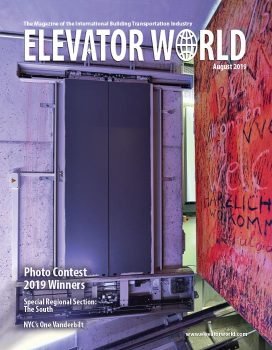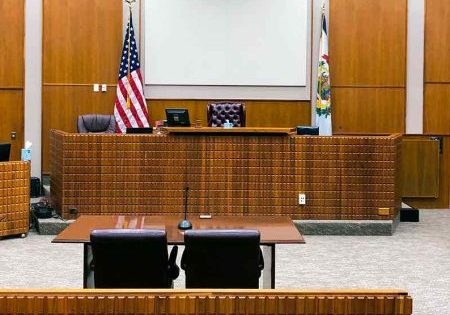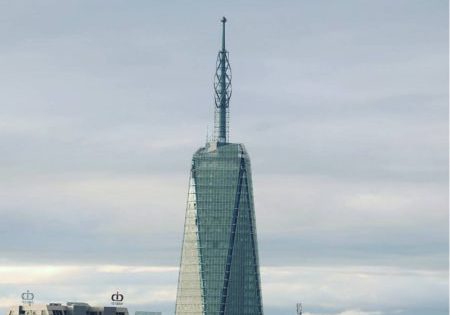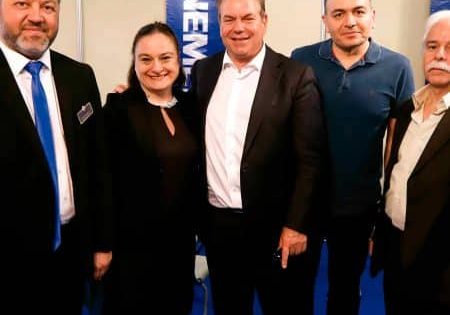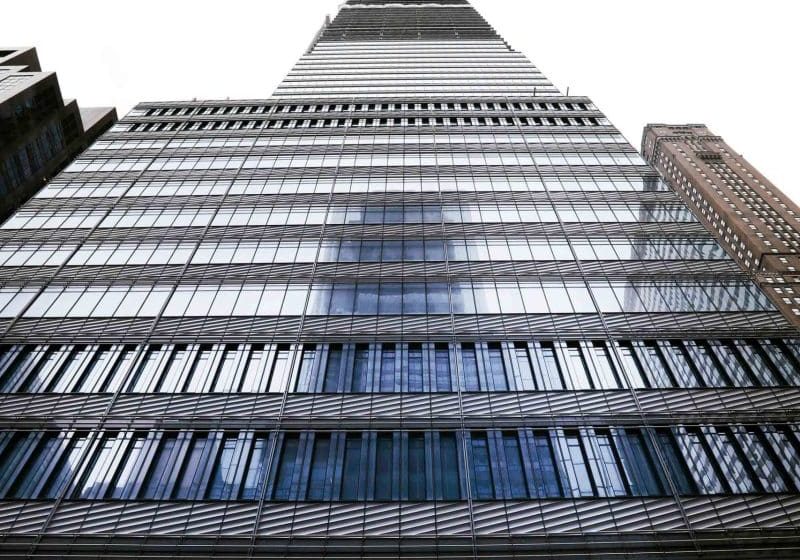ELA Conference 2019
Aug 1, 2019
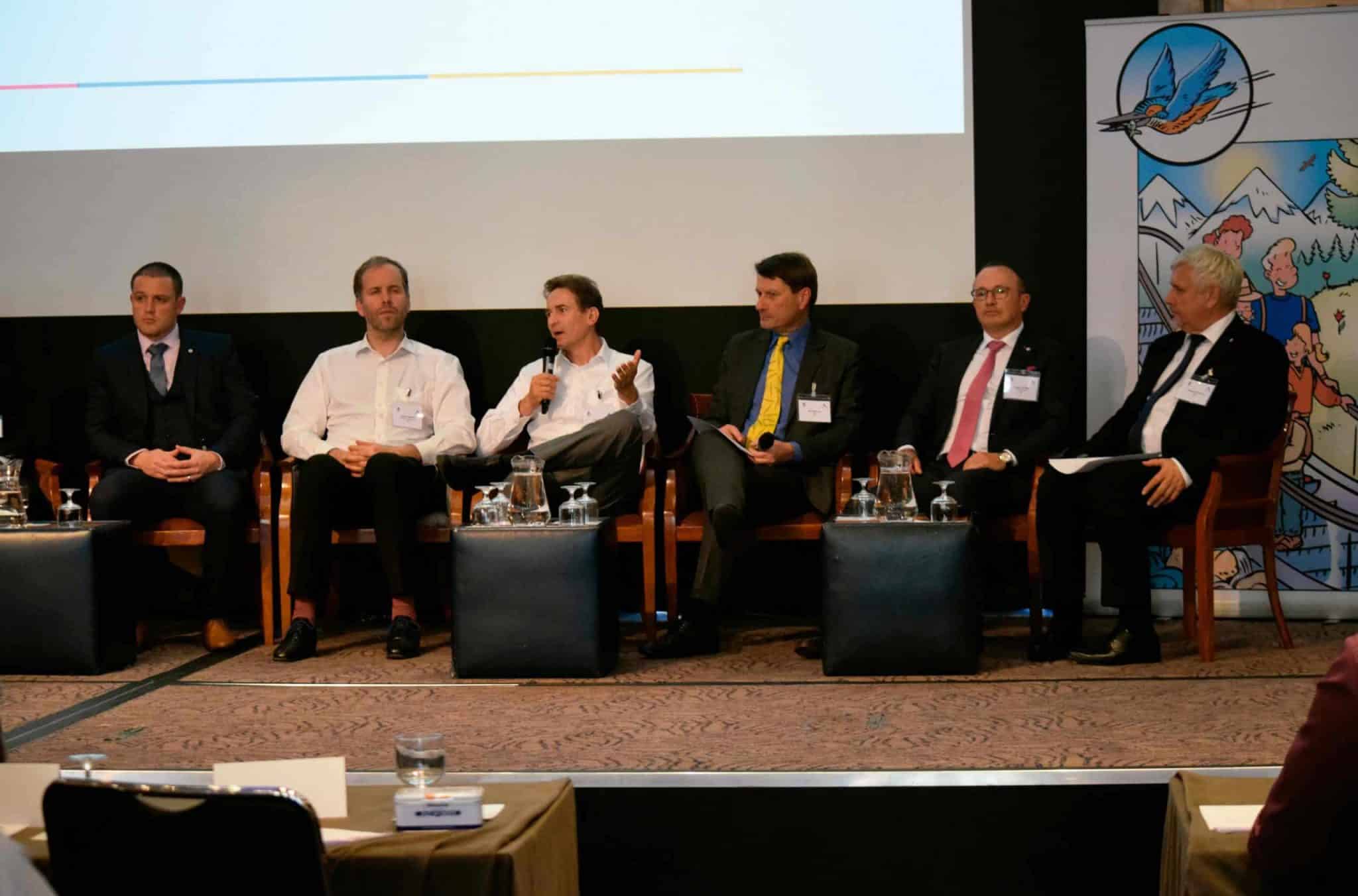
The European Lift Association explores “Lifts and Escalators in a Digital World” at annual conference.
The 2019 European Lift Association (ELA) Conference took place on May 14 at the Leonardo Royal Hotel London City in London. The annual event was organized around the general assemblies and board meetings of the ELA and European Elevator Association (EEA), which took place on May 13, culminating in a gala dinner that evening aboard the Dixie Queen. Attendees enjoyed dinner, drinks and conversation while cruising along the River Thames.
The following morning, conference attendees gathered for a full day of speakers who presented on the theme of “Lifts and Escalators in a Digital World.” In his opening remarks, ELA President Roberto Zappa said, “ELA has recognized that digitalization is having a big impact on the movement of people. It is a challenge, but it is also full of opportunities. I hope you enjoy the speakers and the rest of the conference.”
The first speaker of the day, Zhang Lexiang, secretary general of the Chinese Elevator Association (CEA), discussed the recent collaboration of the CEA and ELA and its benefits, saying, “It paves the way for the prosperous future of the global elevator industry.” The collaboration serves as the foundation for the World Elevator Federation, the goals of which, according to Zhang, include:
- Promoting the usage of elevators to improve quality of life, while preserving the environment for a sustainable society
- Establishing a new model of international cooperation that will produce a win-win result
- Building a global community of shared prosperity for the elevator industry
- Establishing common values and standards for the elevator industry for such things as digitization, cybersecurity and privacy protection
- Ensuring product safety and quality
- Protecting brands and intellectual property rights
- Promoting innovation in technology, design and business
- Promoting business ethics and codes of conduct
- Ensuring a global social responsibility standard
Following Zhang, Carine Lucas, lead expert of innovation for Agoria, Belgium’s largest employers’ organization and trade association, discussed “How Digitalization Changes the World.” Lucas asked the audience to think about this question: “What kind of impact do I want to make with my company using digital technology?”
She said the digital economy is essential to overall economic growth, and there are three main impact areas for most businesses: organization (processes and operations), offerings (products, services and solutions) and business model (revenue streams).
ELA has recognized that digitalization is having a big impact on the movement of people. It is a challenge, but it is also full of opportunities. — ELA President Roberto Zappa
Kari Suihkonen of KONE angled the day’s topic toward customers’ changing needs and expectations and how technology is presenting opportunities for adding value to them in new ways. In his presentation, “How Digitalization is Changing the Buildings,” Suihkonen discussed how KONE’s technology analyzes maintenance needs and predicts faults, allowing technicians to get “the right information at the right time.” He said analyzing equipment data helps predict the most common failures, including those from elevator doors, signalization, emergency phones, control systems and cars.
Following a coffee break, Harold Bussing and Jeroen Bazuin of VLR (Dutch Association of Lift and Escalator Engineering) discussed “The Lift Book in a Digital Era,” stressing the need for a digital version of the still-typically paper lift book. They gave an update of the progress and process toward a digital lift book in The Netherlands and touted its eventual benefits, including its sustainability, accessibility, efficiency, traceability and ability to be updated to the latest standards quickly.
Jan König of VFA-Interlift followed and talked about the “Traceability of Safety Components,” discussing the legal requirement, along with a recommended system, for achieving this objective, including recommended content for labeling.
The topic of “Digitalization (Smartification) of Existing Lifts” was covered by Dr. Paolo Riva of the University of Bergamo, who discussed the different approaches to maintenance, including corrective and preventive. He delved deeper into preventive maintenance, analyzing the classical approach to maintenance versus the predictive, which he said allows for maximum efficiency.
Before lunch, the morning speakers gathered on stage for a question-and-answer session. Several topics were opened back up for further discussion before the conference broke to enjoy the buffet lunch arranged at the hotel’s restaurant. The lunch hour allowed for relaxing conversation among attendees and, in the case of your author, a quick walk outside to view the Tower of London a short distance away.
Upon reconvening after lunch, Jonathan Berte, general manager of Robovision, took to the stage to speak about “Artificial Intelligence.” He focused on what he called “the new wave of AI,” which can continue to program itself after its initial programming. “You can give it an example,” Berte explained, “and then it continues from there.”
Following Berte, speaker Paul Waide, director of Waide Strategic Efficiency, answered the questions, “What is a Smart Building and the Smart Readiness Indicator?” He explained that “a greater uptake of smart technologies is expected to result in significant energy savings in a cost-effective way, while helping to improve comfort and occupant satisfaction and enabling buildings to play a key role in smart energy systems.”
The June 19, 2018, revision of the Energy Performance of Buildings Directive requires the development of an optional scheme for rating the smart readiness of buildings: the “Smart Readiness Indicator.” Waide said the indicator is intended to raise awareness about the benefits of smart technologies in buildings (from an energy perspective, in particular), motivate consumers to accelerate investments in smart building technologies and support technology innovation in the building sector.
Following the afternoon coffee break, a five-person panel discussed the important topic of “Skilled Workforce for the Future.” The panel was composed of moderator Nick Mellor, managing director, Lift and Escalator Industry Association (LEIA); Stephan Kaczmarczyk, University of Northampton; Dan Charlesworth, LEIA; Tadeusz Popielas, Polish Association of Lift Manufacturers; and Achim Hütter, VFA-Interlift. The wide- ranging discussion touched on workforce shortages, skills mismatch, education and training programs, technology, safety, future plans and more.
The day’s final presentation, “Perspectives on Brexit and its Implications for the Lift Industry,” was delivered by Mellor and Onelia Angelosanto, director of the Global Trade Team for Ernst & Young. “Uncertainty is the new constant,” Angelosanto succinctly stated, “and the U.K. remains divided.” While Angelosanto focused on the possible trade implications of Brexit, Mellor discussed what it could mean for lift regulations and standards, stating:
“As an industry, we don’t want to see a change in regulations and standards in the U.K., either by lowering safety standards or a divergence from European norms. There is agreement in the U.K. to keep European Union standards. Names might change, but nothing else.”
Afternoon speakers gathered on stage for a final question-and- answer session following Mellor and Angelosanto’s presentation. Discussions continued until the conference was officially adjourned. Attendees your author spoke with complimented the conference’s theme, saying it inspired important presentations and timely subject matter for the lift industry. For his part, Mellor said, “This is one of the best conferences I’ve ever been to. Congratulations.” It doesn’t get much better than that.
For information regarding next year’s ELA Conference or to access presentations from this year’s event, visit ela-aisbl.eu.
Get more of Elevator World. Sign up for our free e-newsletter.

